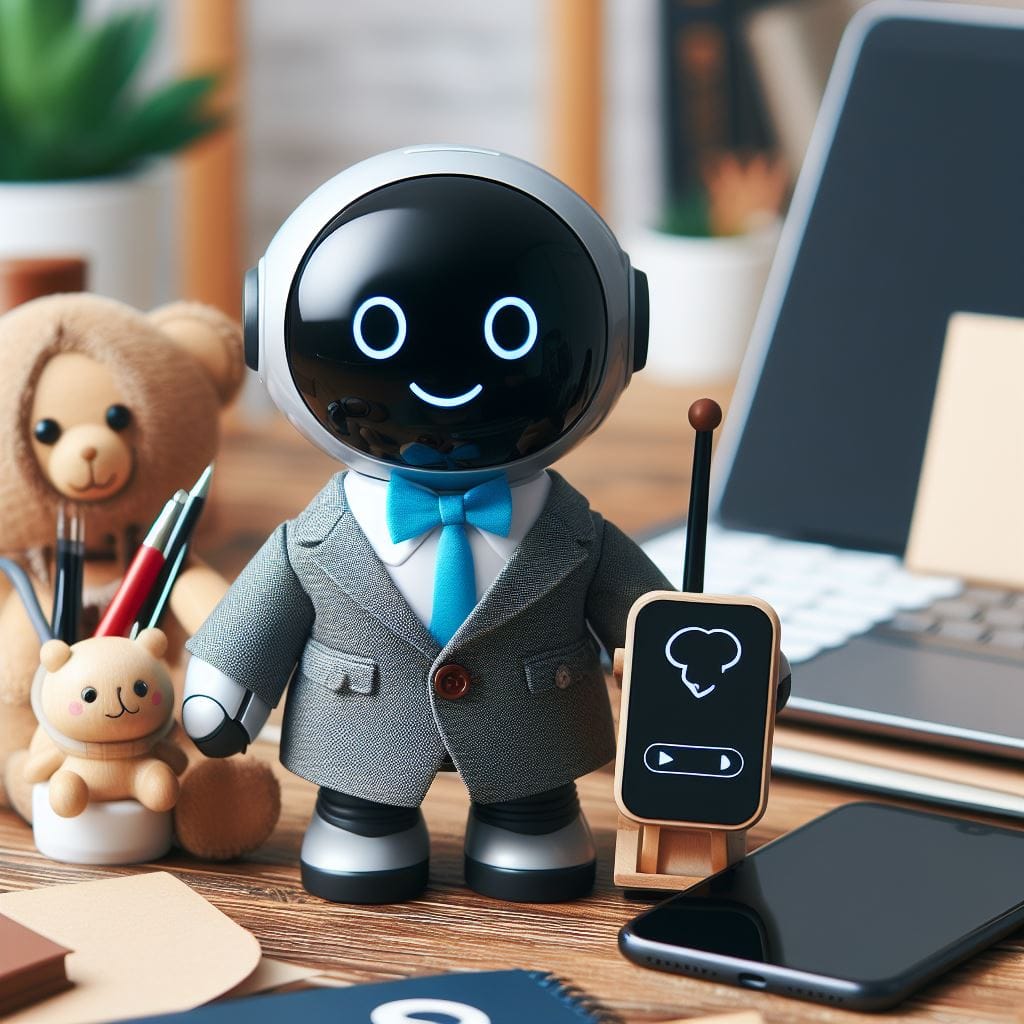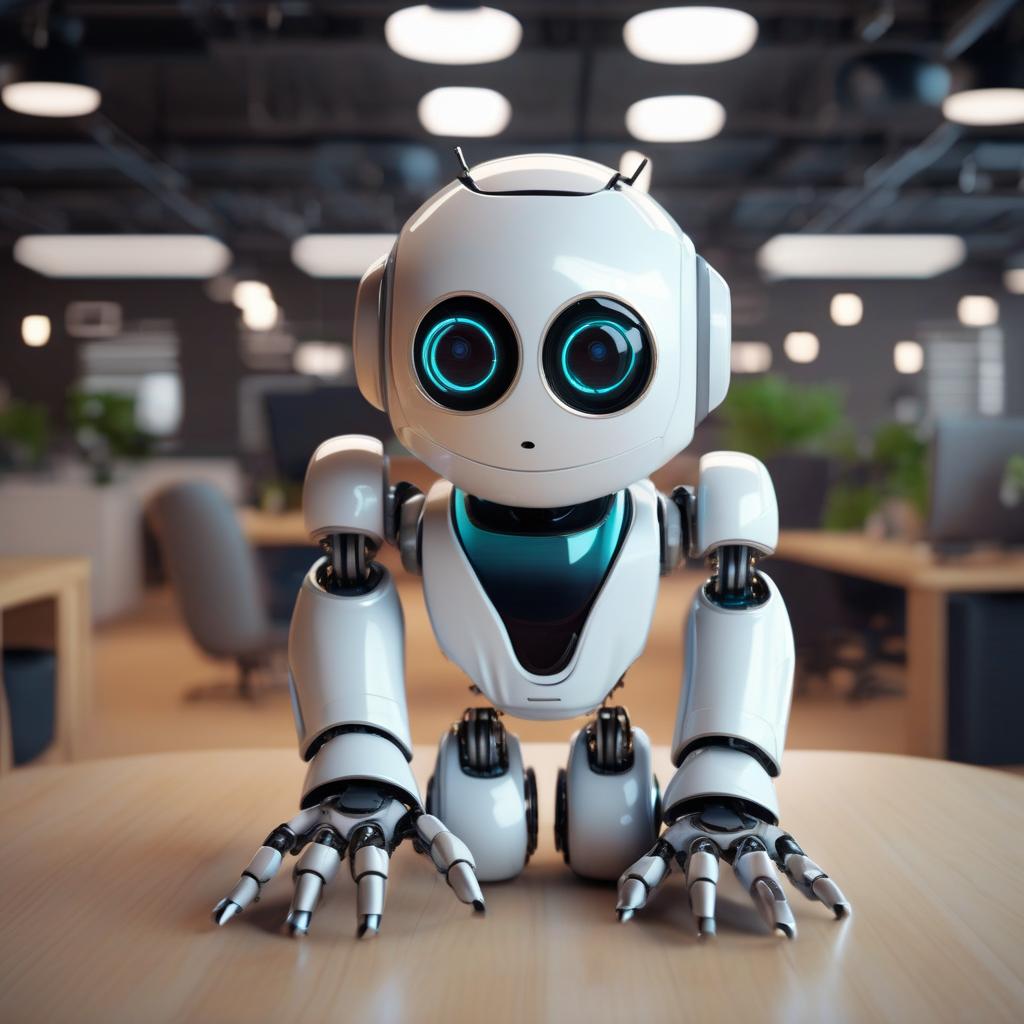Enhancing UX with AI: Optimizing Web Design

User experience (UX) is a crucial aspect of any successful website or application. As businesses strive to deliver seamless and engaging experiences to their users, the role of artificial intelligence (AI) in enhancing UX has become increasingly prominent. AI tools and technologies can revolutionize web design, helping to optimize user interactions, personalize experiences, and streamline processes. In this article, we will explore the key strategies for optimizing web design using AI and how leveraging AI tools can lead to a seamless user experience.
The Role of AI in Enhancing UX
Artificial intelligence has the potential to transform the way we design and develop websites, enabling businesses to create user-centric experiences that are tailored to individual needs. By analyzing vast amounts of data, AI algorithms can uncover valuable insights about user behavior, preferences, and patterns. This information can then be used to optimize various aspects of web design, such as layout, content, and navigation.
AI chatbots"https://aichatbot.support/">chatbots and virtual assistants have also emerged as powerful tools for enhancing UX. These intelligent systems can provide instant support, answer user queries, and guide them through the website or application. By leveraging natural language processing and machine learning, chatbots can deliver personalized recommendations, offer proactive assistance, and improve overall user satisfaction.
AI can enhance UX through predictive analytics. By analyzing user data and past interactions, AI algorithms can anticipate user needs and deliver personalized content and recommendations in real-time. This level of personalization not only enhances the user experience but also increases customer engagement and conversion rates.

Key Strategies for Optimizing Web Design
To optimize web design using AI, businesses can employ several key strategies. One such strategy is leveraging user data to gain insights into user behavior and preferences. By analyzing this data, businesses can identify pain points, optimize user flows, and tailor the design to meet users’ needs. AI-powered analytics tools can help gather and analyze this data effectively, providing valuable insights for informed decision-making.
Another strategy is implementing AI-powered recommendation systems. By understanding user preferences, AI algorithms can suggest relevant products, articles, or content, thereby enhancing the overall user experience. These personalized recommendations can not only improve user engagement but also drive conversions and boost revenue.
Businesses can utilize AI to automate repetitive tasks and streamline processes. Chatbots and virtual assistants can handle routine inquiries, freeing up human resources for more complex tasks. This automation not only reduces response times but also improves efficiency and scalability, ultimately leading to a better user experience.
Leveraging AI Tools for a Seamless User Experience
To achieve a seamless user experience, businesses can leverage various AI tools and technologies. One such tool is image recognition, which can enhance UX by automatically tagging and categorizing images. This enables users to easily find relevant visual content, improving navigation and overall user satisfaction.
Natural language processing (NLP) is another AI technology that can optimize web design. By understanding and interpreting human language, NLP algorithms can analyze user feedback, sentiment, and intent. This valuable information can be used to refine content, improve user interactions, and deliver more personalized experiences.
AI-powered A/B testing can help businesses optimize their web design by comparing different versions and variations of their website or application. This data-driven approach allows businesses to identify the most effective design elements, layouts, and features, leading to higher user engagement and conversions.
AI is playing a critical role in enhancing UX by optimizing web design. By leveraging AI tools and technologies, businesses can gain valuable insights into user behavior, personalize experiences, and streamline processes. With the power of AI, websites and applications can deliver seamless user experiences that drive engagement, increase conversions, and ultimately lead to business success.
FAQs
- How does AI enhance user experience in web design?
AI enhances user experience in web design by analyzing user data, providing personalized recommendations, automating tasks, and optimizing design elements based on user behavior. - Can AI-powered chatbots replace human customer support?
While AI-powered chatbots can handle routine inquiries and provide instant support, human customer support is still valuable for complex issues and personalized interactions. - How does AI optimize web design through predictive analytics?
AI optimizes web design through predictive analytics by analyzing user data and past interactions to anticipate user needs and deliver personalized content and recommendations in real-time. - What are some AI tools for optimizing web design?
AI tools such as image recognition, natural language processing (NLP), and A/B testing can be leveraged to optimize web design and enhance the user experience. - How can businesses benefit from optimizing web design with AI?
By optimizing web design with AI, businesses can drive user engagement, increase conversions, improve efficiency, and ultimately achieve business success in the digital landscape.




